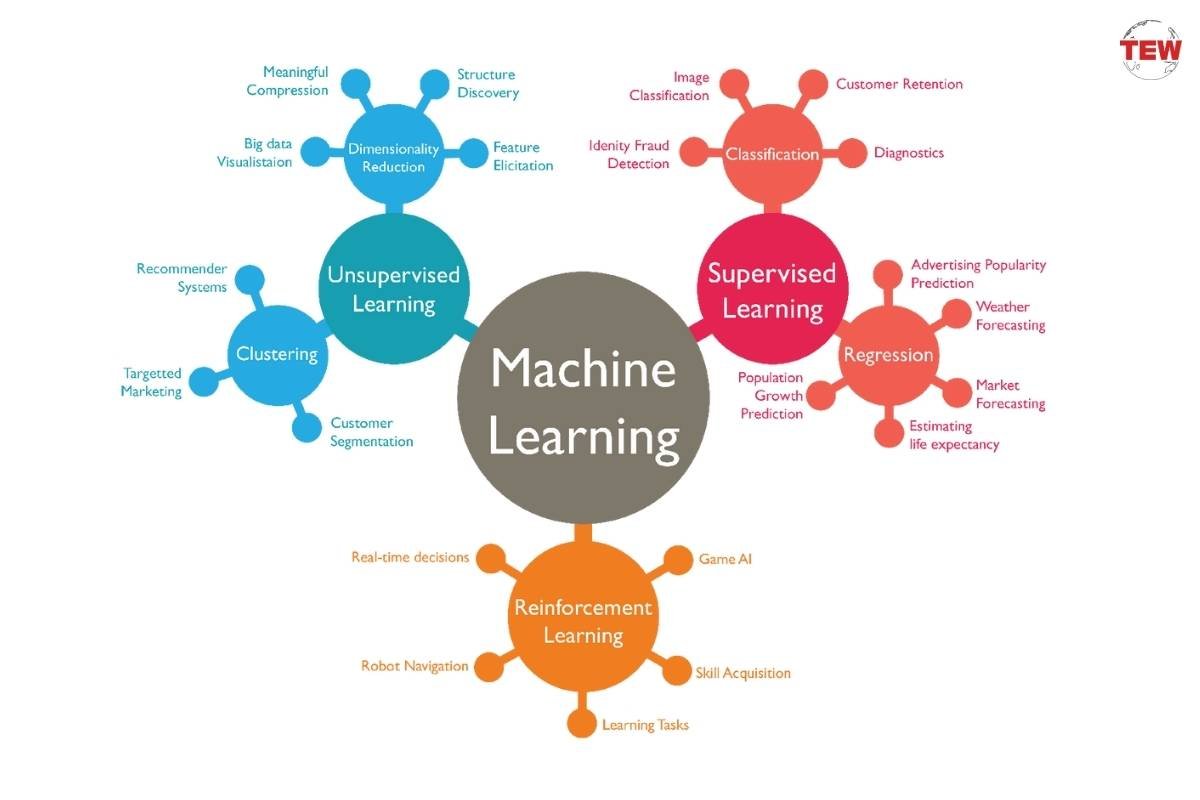(Source-Unsplash)
Machine learning algorithms have played a fundamental role in data science by offering reliable and precise ways of extracting valuable insights from vast datasets. Not only are these programs reliable tools for data analysis, but their automated process increases accuracy while simultaneously speeding up analysis processes. Just two years ago the market reached $38.11 billion and is expected to surpass $771.38 billion by 2032.
Machine learning algorithms have taken our interpretation and application of data by storm—from predictive modeling to natural language processing, with incredible effect. This article dives deep into their profound effect while discussing roles, challenges, and potential advantages they pose to data analysis.
Understanding Machine Learning Algorithms
Machine learning algorithms are developed to analyze data and make predictions or decisions from it, ranging from linear regression models to complex deep-learning networks.

Their designs vary greatly, depending on the nature of a given problem, type of available data, desired outcome, and available algorithms such as supervised, unsupervised, and reinforcement learning. Each of these serves various roles within data analysis; such as when the dataset contains known outcomes so the algorithm can learn by comparing its predictions against actual outcomes for best performance results.
Enhancing Efficiency with Hierarchical Navigable Small Worlds (HNSW)
One highly used machine learning algorithm today is Hierarchical Navigable Small Worlds (HNSW). It stands out for being particularly adept in approximate nearest neighbor search—essential when handling high-dimensional data sets.
By organizing data into multi-layered structures and conducting fast yet accurate searches using HNSW’s multilayered searching functionality, HNSW accelerates similarity searches essential to processes like recommendation systems or clustering tasks. Although not solely used as a data analysis software tool, HNSW’s value in handling and understanding complex datasets cannot be underrated, especially during initial stages such as data exploration/preprocessing steps.
The Role of Decision Trees in Data Classification
Decision trees are an efficient form of supervised learning algorithm used for classification and regression tasks, such as classification outcomes. Their operation starts by first subdividing a dataset into smaller subsets while simultaneously incrementally developing its associated decision tree; creating a tree with decision branches representing classification outcomes as its leaves, with leaf endings representing tree growth.
Decision trees offer considerable advantages in data analysis due to being easy for readers and decision-makers alike to read or use effectively, making them great decision-making tools.
Boosting Predictive Analytics with Neural Networks

Neural networks, inspired by the human brain’s architecture, are at the forefront of complex data analysis tasks, especially in predictive analytics. These algorithms can model highly non-linear and complex relationships that other algorithms might struggle with.
Their application ranges from forecasting stock market trends to predicting customer behavior, offering unparalleled insights into data patterns. The flexibility and power of neural networks have made them a cornerstone of modern data analysis, pushing the boundaries of what is possible with machine learning.
Unsupervised Learning with Clustering Algorithms
Unsupervised learning algorithms, such as K-means or hierarchical clustering, play a crucial role in uncovering hidden patterns in data without predefined labels. These algorithms group data points into clusters based on similarity, revealing natural groupings or structures within the data.
Clustering is particularly useful in market segmentation, anomaly detection, and organizing large datasets into manageable categories for further analysis. The ability of unsupervised learning algorithms to make sense of unstructured data opens up new avenues for exploratory data analysis.
The Power of Ensemble Methods
Ensemble methods combine multiple machine-learning models to improve predictions and decisions. By leveraging the strengths of various base models, ensemble methods can achieve higher accuracy and robustness than individual models alone. They are especially effective in reducing overfitting and variance, making them valuable tools in complex data analysis tasks where the balance between bias and variance is critical.
Leveraging Text Analytics with Natural Language Processing (NLP)

Natural Language Processing (NLP) is a branch of machine learning that deals with how computers communicate with humans using natural language, from sentiment analysis and text classification, all the way to machine translation.
NLP algorithms have many applications in data analysis as they understand and generate human speech in ways that provide valuable insight from text data.
Conclusion
ML algorithms have revolutionized data analysis, offering deeper insights and more accurate predictions from complex datasets. Ranging from decision trees and neural networks, all the way up to HNSW algorithms; machine learning will continue to revolutionize data analysis as its impact grows ever greater for data scientists and analysts. Integrating machine learning algorithms into data analysis processes accelerates their extraction and strengthens organizations’ decision-making capacities, resulting in innovation and efficiency across sectors.




